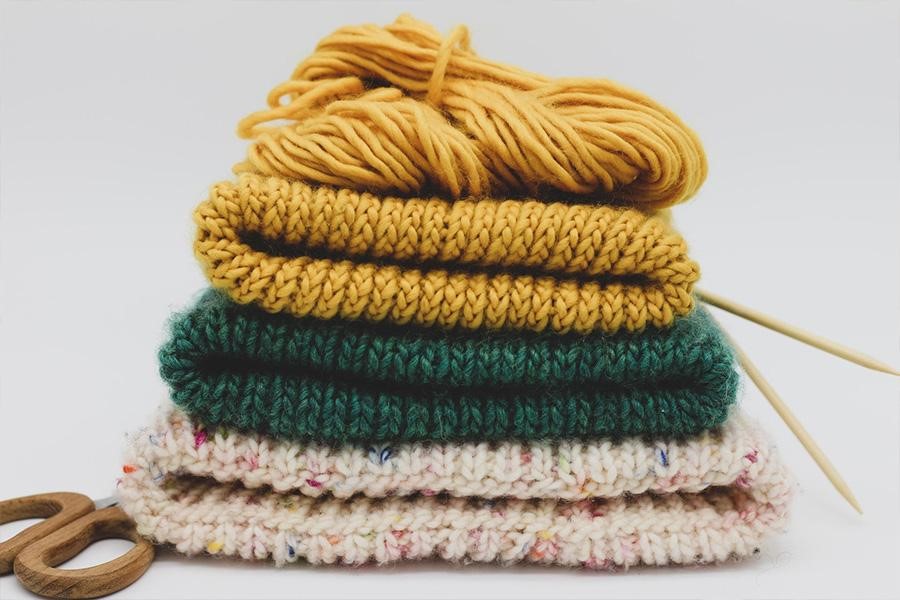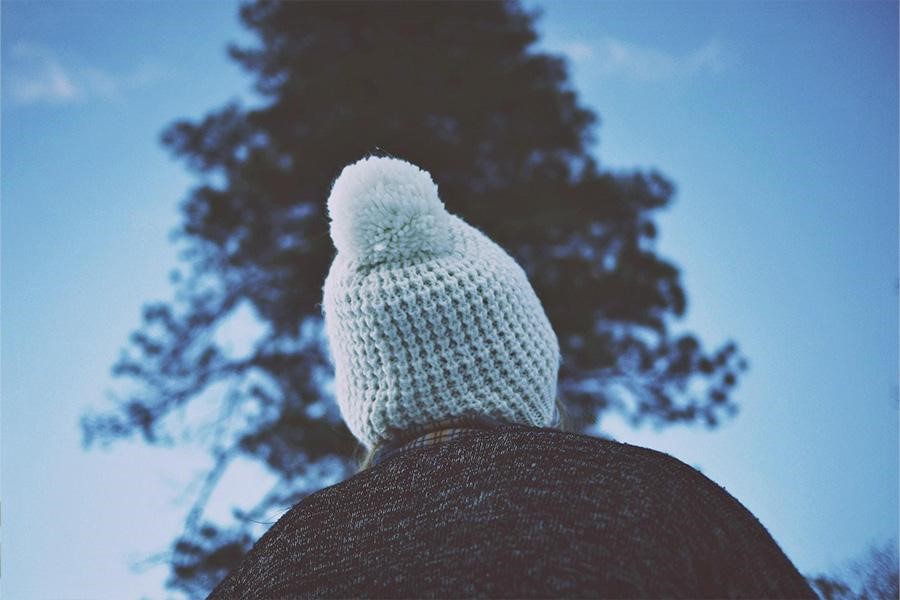Winter hats not only keep you warm during the colder months but are a stylish accessory to add to every outfit. Knitted hats are a favorite hat style from early fall and all winter, with beanies being one of the most popular styles.
While knitted hats used to be handmade, now they are often manufactured in bulk. The use of technology makes the whole process easier, faster, and cheaper. This article will outline the process of manufacturing a knitted hat from the time of order confirmation to packaging the product for shipping. And of course, it will share some of the knitted hats that consumers will be seeking this winter.
Table of Contents
Summary of the winter hat market
Step-by-step guide to making a knitted hat
Knit hats for winter 2022
Summary of the winter hat market
The global winter hats market was valued at USD 25.7 billion in 2021 and is expected to expand at a compound annual growth rate (CAGR) of 4% from 2022 to 2030. Increased awareness of global fashion trends, changes in environmental temperatures, and the rising share of urban citizens are primary driving factors for the growing demand for winter hats.
Beanies dominated the market for winter hats and accounted for a revenue share of over 40% in 2021. Beanies are multifunctional, and many people use them for everyday wear in the city and many indoor and outdoor activities.
The winter headband market is anticipated to expand at a CAGR of 4.5% from 2022 to 2030. This accessory protects the head from the cold and holds back hair for increased comfort. Headbands have been a go-to for many women to add a sense of professionalism to their looks.
As for materials, wool dominated the market for winter hats and accounted for a revenue share of more than 54% in 2021. This material is a readily available natural fabric that’s robust, breathable, warm, and absorbent. Wool is warmer than other fabrics because wool fibers trap air within them, helping to insulate from cold. However, the polyester category is anticipated to expand at a CAGR of 4.4% from 2022 to 2030. This synthetic material is a great alternative to wool because it’s inexpensive, strong, and durable.

Step-by-step guide to making a knitted hat
Here is the step-by-step process of making a knitted hat through the typical manufacturing process:
Order confirmation
Once a garment manager receives a production order for a knitted hat from an individual merchandiser, they must confirm the product specifications before passing the details on to the production officer. During this step, it’s crucial to get a sample of the ordered fabric, as it will help the manufacturer to better understand the merchandiser’s expectations for the final product.
Analyzing the design
Creating the pattern is one of the most critical steps, as it will be used to develop the product. The pattern is typically made from a sketch of the garment, in this case, a knitted hat. The sketch is turned into a pattern by using measurements for the actual garment and creating a drawing on paper that will be used to cut out the fabric used to make the garment. Each piece of the garment will have a separate piece of the pattern (i.e. each piece will be cut out separately to be sewn together later).
During this step, a sample product is often made to ensure the design and pattern effectively create a quality garment that meets the merchandisers’ and customers’ expectations.
Pattern grading
Pattern grading is the process used to create a pattern for different sizes of the same garment. Since the pattern is used to cut pieces of fabric to build the garment, different patterns need to be used to make each garment.
First, you need to determine the sizes you want to include; for making a knit hat, you may only have one size. In that case, you can disregard this step.
Marking, cutting, and sorting
The next step includes creating the pieces needed to make the garment. This process starts with marking, which arranges the pattern pieces on the fabric to create the maximum possible garments with the least amount of material and waste.
Then the pattern is pinned to the fabric and cut.
After the cutting is complete, the next step is to sort the pieces appropriately so they can easily be sewn together. This means organizing them by colors, sizes, etc.
Stitching and sewing
Once all the fabric is sorted appropriately, the pieces are assembled and sewn together into the final garment. However, as you can see, there are more steps in the process.
Final wash and check
Once the final garment is complete, it’s often sent for a final wash. Following it will undergo quality checks. A quality assurance team will check for sewing errors, inaccurate measurements, print defects, size issues, fabric irregularities, etc.
If an error is found, it may be sent back for the issue to be rectified. If it’s impossible to fix the error, the garment will be discarded.
Packing and shipping
After the final check, the garments are ready to go to packing. The garments may be individually packaged and then into a larger box to be shipped to the buyer.

Knit hats for winter 2022
Looking to stay on top of the knitted hat trends this winter? Think of variety and consider how each of these knitting stitches can use the same materials to create distinct looks.
There are so many options when it comes to knit hats. It’s important to be creative, stock variety, and stay on top of the treads.




